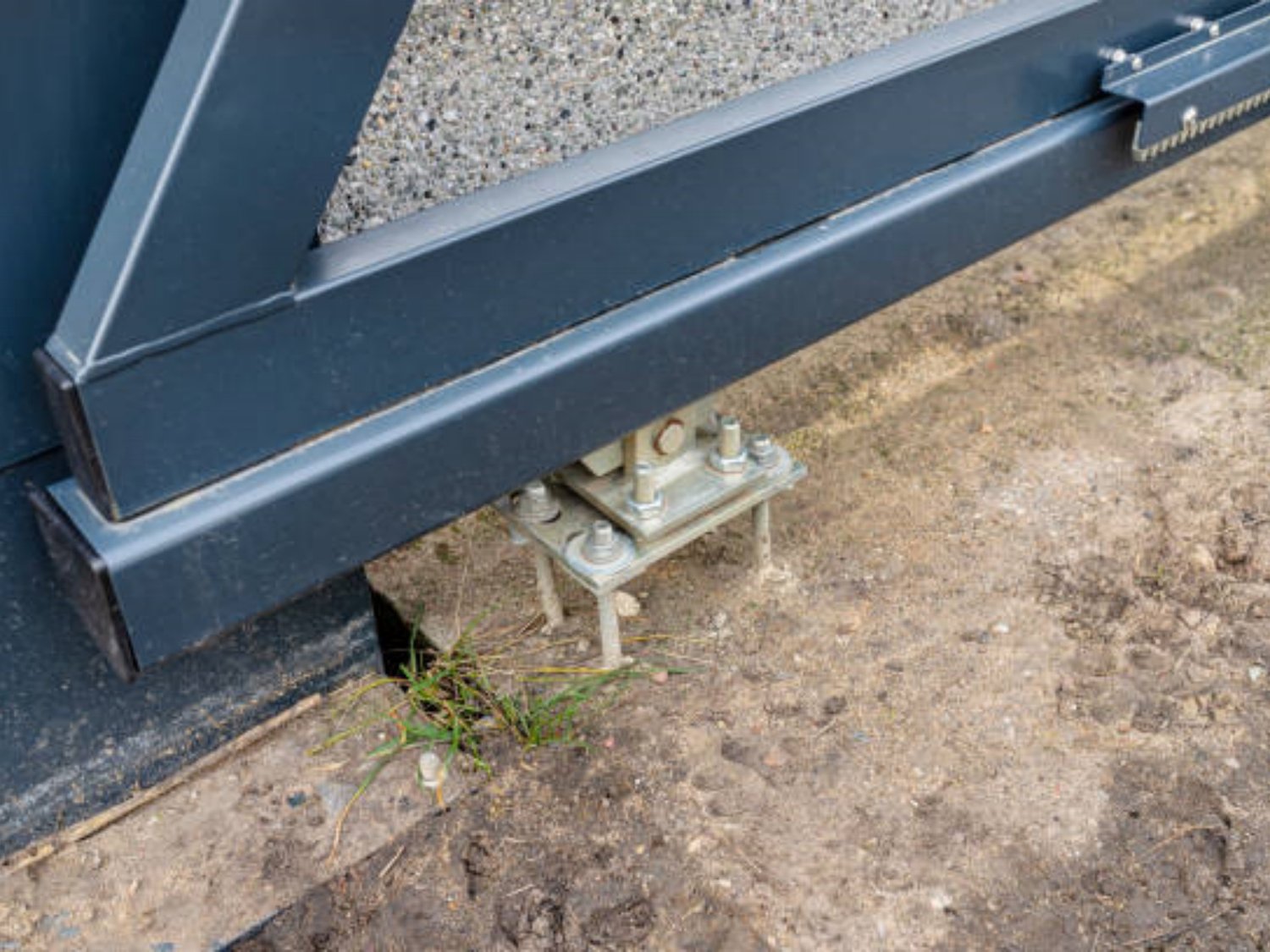Introduction to red torsion springs
Red torsion springs are a type of mechanical spring that store and release rotational energy. These springs are widely used in various industries and applications due to their unique properties and capabilities. In this comprehensive guide, we will explore the different aspects of red torsion springs, including their design, materials, applications, and benefits.
1. Understanding Torsion Springs
Torsion springs are helical springs that exert a rotational force or torque when twisted. They store energy by resisting the twisting motion and release it when the applied force is removed. Red torsion springs are specifically designed to have a red-colored coating, which can serve various purposes such as easy identification or aesthetic appeal.
2. Design and Construction of red torsion springs
The design and construction of red torsion springs play a crucial role in their performance and durability. These springs are typically made from high-quality materials such as steel or stainless steel, which provide strength and resistance to corrosion. The wire used for red torsion springs is usually round or rectangular in shape, depending on the specific requirements of the application.
3. Material Options for Red Torsion Springs
Red torsion springs can be manufactured using different materials, each with its own set of advantages. Steel is a popular choice due to its high strength and durability. Stainless steel offers excellent corrosion resistance, making it suitable for applications in harsh environments. Other materials such as music wire or specialty alloys can also be used based on specific needs.
4. Applications of Red Torsion Springs
Red torsion springs find extensive use in various industries and applications. They are commonly employed in garage doors, industrial machinery, agricultural equipment, and automotive components. These springs are particularly useful in applications requiring rotational force, such as hinges, levers, and counterbalances.
5. Benefits of Red Torsion Springs
The utilization of red torsion springs offers several advantages. Firstly, they provide a reliable and predictable source of rotational energy, ensuring smooth operation in many mechanical systems. They also offer high cycle life, meaning they can endure repeated use without significant loss of performance. Additionally, red torsion springs are customizable to meet specific load and torque requirements.
6. Installation and Maintenance
Proper installation and maintenance are essential for ensuring the longevity and optimal performance of red torsion springs. During installation, it's crucial to follow the manufacturer's guidelines and recommendations. Regular inspection and lubrication can help prevent wear and corrosion, ensuring the springs continue to function effectively.
7. Safety Considerations
While red torsion springs are highly useful, it's important to handle them with care due to the potential risks associated with their high energy storage. Professionals should be involved in the installation, repair, or replacement of these springs to minimize the risk of accidents. It's also advisable to wear appropriate protective gear and follow safety protocols when working with torsion springs.
8. Red Torsion Springs vs. Other Spring Types
When selecting a spring for a specific application, it's essential to consider the advantages and limitations of different types. Compared to compression or extension springs, red torsion springs offer unique benefits due to their rotational force capabilities. However, for applications requiring linear force, other types of springs may be more suitable.
9. Finding the Right Red Torsion Spring
Choosing the right red torsion spring for a particular application involves considering various factors such as load requirements, space limitations, and environmental conditions. Consulting with an experienced spring manufacturer or supplier can help determine the most suitable design, material, and specifications for optimal performance and longevity.
10. Conclusion
Red torsion springs are versatile mechanical components that provide rotational force and energy storage in a wide range of applications. Understanding their design, materials, applications, and benefits can assist in selecting and utilizing these springs effectively. By following proper installation, maintenance, and safety practices, red torsion springs can contribute to the smooth functioning and longevity of mechanical systems.

